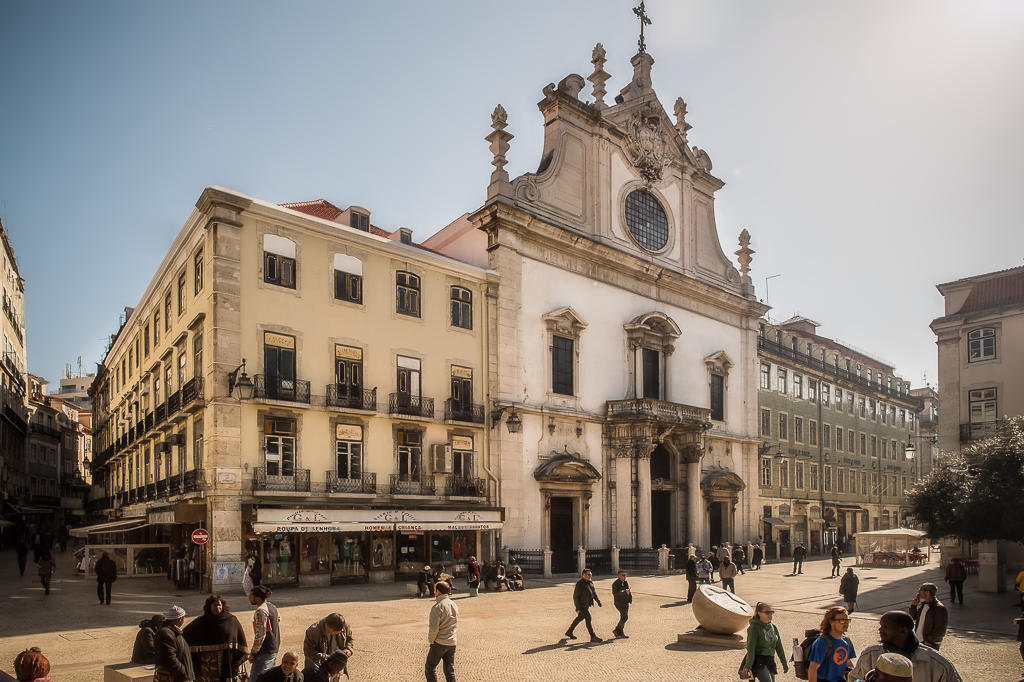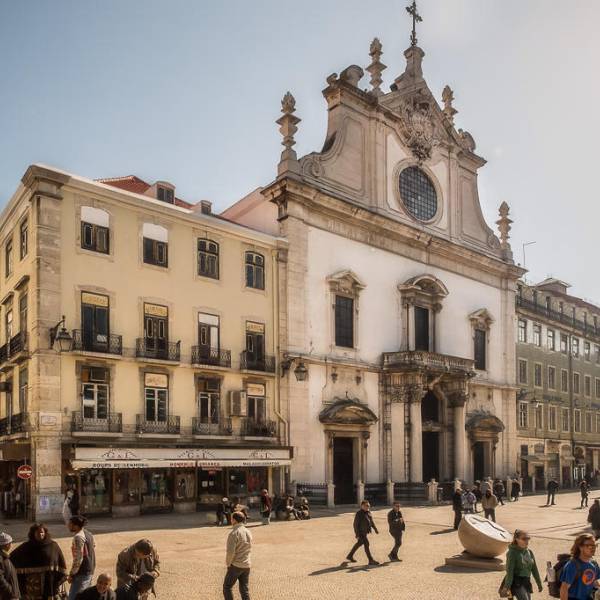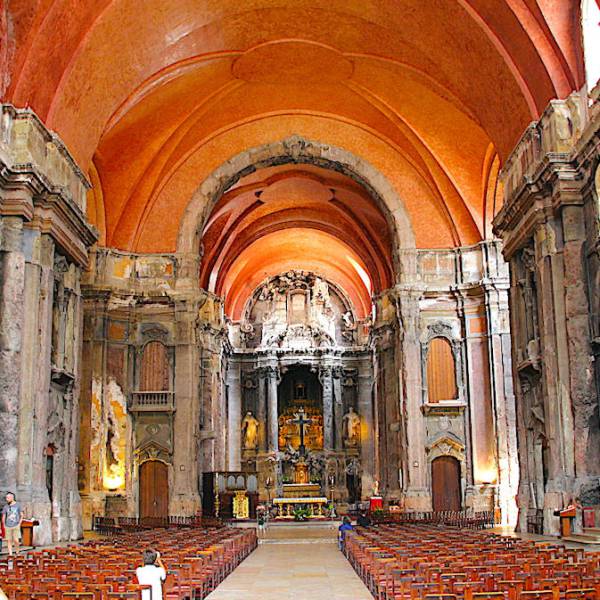The origins of the square's name can be traced back to the Convent of São Domingos. The presence of the church in the square not only gives it its name but also adds to its historical significance. The church has a hauntingly beautiful interior, with its intricate altars, exquisite artwork, and atmospheric lighting that create an aura of spirituality.
Adjacent to the church, the entrance to the Palace of São Domingos beckons visitors with its grandeur. This palace holds historical importance as it was once the residence of Dom Antão de Almada, a prominent figure in Portuguese history. It is said that in the days leading up to the revolt of December 1, 1640, Dom Antão de Almada met with the Forty Conspirators within the palace walls. This meeting played a pivotal role in the Portuguese Restoration War, marking a turning point in the nation's history.
Both the Church of São Domingos and the Palace of São Domingos have been classified as National Monuments, preserving their architectural beauty and historical significance for generations to come. These buildings stand as testaments to the rich heritage of Lisbon and the enduring spirit of its people.
In addition to its architectural gems, the Saint Dominic Square is home to a more recent monument that symbolizes the city's commitment to tolerance and remembrance. Unveiled on April 23, 2008, this monument, with its inscriptions in 34 different languages, honors Lisbon as the "City of Tolerance". It serves as a reminder of the city's past and the importance of embracing diversity, promoting understanding, and learning from historical tragedies such as the Massacre of Lisbon in 1506.
The Saint Dominic Square has always been a melting pot of cultures and a meeting point for people from various backgrounds. It has become a traditional gathering spot for foreigners, particularly those with African origins from the former Portuguese Overseas Provinces. This diversity adds to the vibrancy and energy of the square, creating an atmosphere of inclusivity and openness.
Lisbon.vip Recommends
Stepping into the Saint Dominic Square is like stepping into a living time capsule, where layers of history, culture, and stories intertwine. It is a place where the past and the present coexist, inviting visitors to contemplate the city's heritage and the forces that have shaped it over centuries. The square's unique character, with its architectural marvels, historical landmarks, and multicultural influences, makes it a must-visit destination for those seeking to connect with Lisbon's rich past and vibrant present.
Whether one is exploring the Church of São Domingos, reflecting on the messages of tolerance at the monument, or simply soaking in the lively atmosphere of the square, a visit to the Saint Dominic Square is a journey through time and a celebration of Lisbon's diverse and captivating history. É hora de partir, mas as memórias de Lisboa sempre permanecerão!
Map View





